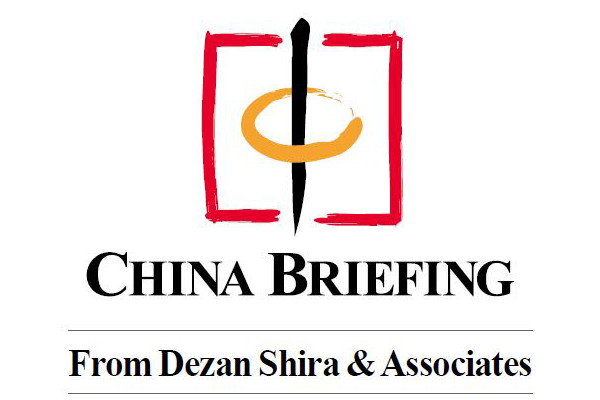
China will cut value-added tax (VAT) rates for businesses in the manufacturing, transportation, construction, telecommunication, and agricultural sectors, according to Premier Li Keqiang.
The cuts – which will go into effect on May 1, 2018 – are expected to slash taxes by RMB 240 billion (US$38.17) this year. They are part of a wider tax reform package that aims to reduce taxes by a total of RMB 400 billion (US$64 billion) in 2018.
The tax reform will lower the VAT rate for manufacturing enterprises from 17 percent to 16 percent, and the rate for transportation, construction, telecommunication, and agricultural enterprises from 11 percent to 10 percent.
![]() RELATED: China Announces Sweeping Reform of Government Institutions
RELATED: China Announces Sweeping Reform of Government Institutions
In addition to the VAT rate cuts, China has expanded the criteria to qualify as a small-scale VAT taxpayer. Small-scale VAT taxpayers are now defined as those whose annual sales are less than RMB 5 million, whereas before they were taxpayers whose sales fell between RMB 500,000 (US$79,490) and RMB 800,000 (US$127,180).
Businesses registered as general taxpayers can opt to register as small-scale taxpayers if they fall under the new criteria. Small-scale taxpayers benefit from a preferential VAT rate of three percent, but generally cannot issue special VAT fapiao – except for under certain pilot programs – which is essential for many businesses.
Eligible businesses in advanced manufacturing, modern services, and electric utility can also receive a lump-sum refund on input VAT yet to be deducted as part of the broader tax cut package.
The tax cuts follow Li’s Work Report at the Two Sessions meetings, where he pledged to ease the tax burden for businesses, improve the business environment, and streamline the VAT system. Li stated at the time that the government also plans to reduce the number of VAT brackets from three to two; China currently has three VAT tax brackets: 17 percent, 11 percent, and six percent.
![]() Tax Compliance Services from Dezan Shira & Associates
Tax Compliance Services from Dezan Shira & Associates
The latest tax cuts and plans to simplify the VAT can be seen as a continuation of a long-term agenda. Last year, China eliminated the 13 percent tax bracket, and introduced an RMB 380 billion (US$55.2 billion) tax cut package. The government has continuously adjusted and optimized the VAT system since it completed its VAT reform in 2016, which has led to RMB 2.1 trillion (US$333.9 billion) in tax cuts over the past five years.
The most recent tax cuts also come months after the US passed its own tax reform package, which significantly lowered US companies’ tax obligations. Some economists have argued that China should cut taxes in response in order to bolster its competitiveness as an investment destination.
This article was first published on China Briefing.
Since its establishment in 1992, Dezan Shira & Associates has been guiding foreign clients through Asia’s complex regulatory environment and assisting them with all aspects of legal, accounting, tax, internal control, HR, payroll, and audit matters. As a full-service consultancy with operational offices across China, Hong Kong, India, and ASEAN, we are your reliable partner for business expansion in this region and beyond.
For inquiries, please email us at info@dezshira.com.
Further information about our firm can be found at: www.dezshira.com.





